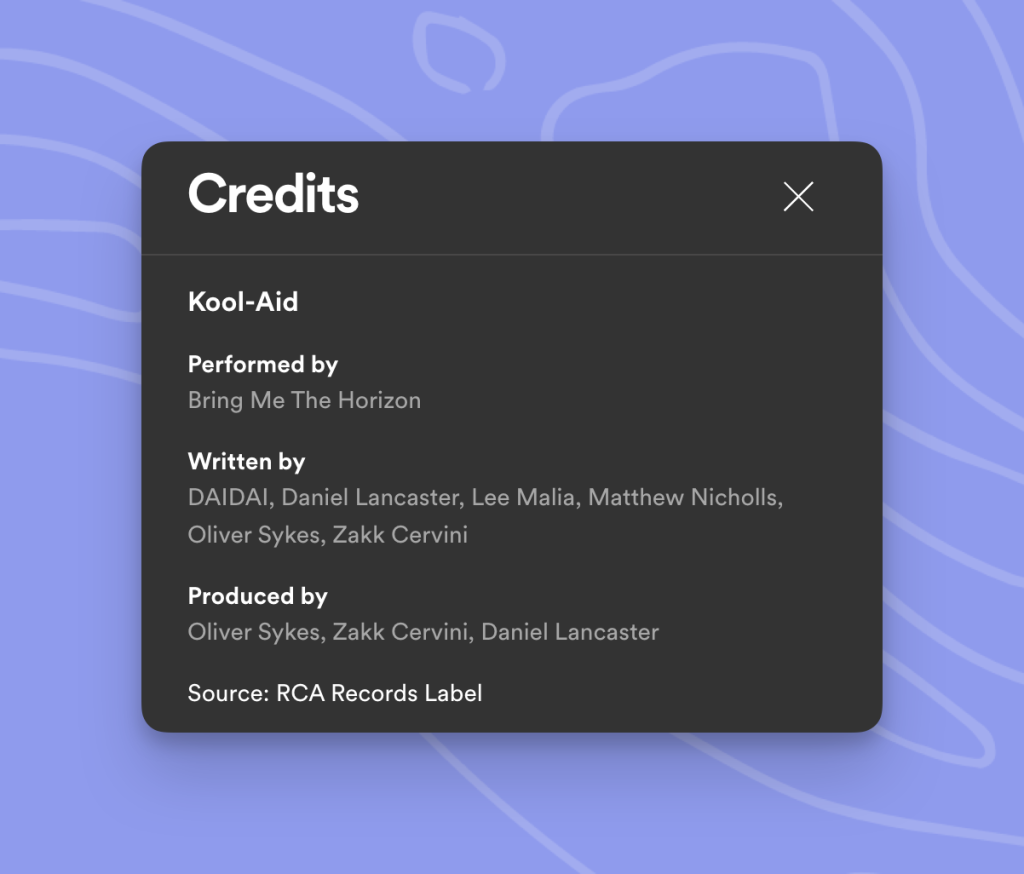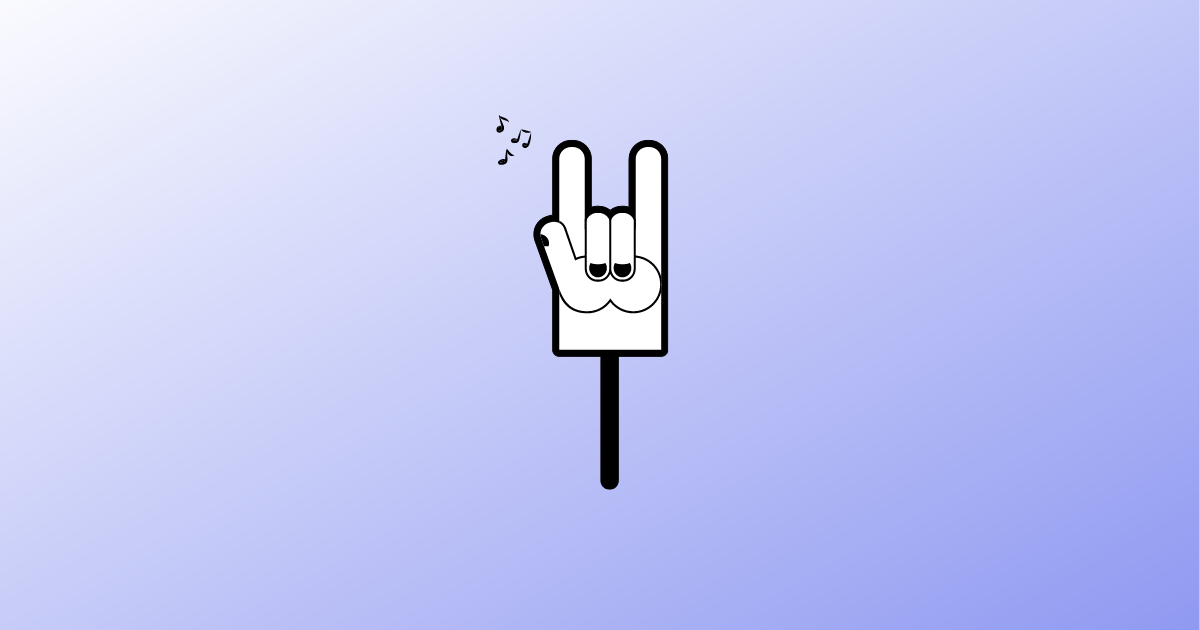Music metadata might seem like just another set of data points. But, if you’re in the record label game, you know it’s your secret weapon for boosting your artists’ discoverability. Imagine metadata as the digital DNA of every track—encoding crucial details from the artist’s name to the genre. It makes your music searchable, identifiable, and, most importantly, discoverable online.
Why should you care? Well, in a world where streaming platforms and digital stores are king, your music’s metadata can make or break its success. It’s not just about having great tracks anymore; it’s about ensuring the right ears find them at the right time. Stick around, and let’s dive deeper into how fine-tuning your music’s metadata can open up opportunities for your artists.
Importance of Music Metadata
Understanding the Importance of Music Metadata can be a game-changer when spreading music worldwide. Imagine metadata as the digital DNA of a song—it holds crucial information like the artist’s name, track title, release date, and genre. This might sound simple, but it’s your golden ticket to ensuring audiences can find your artists’ music easily and quickly.
First, let’s discuss accuracy and completeness. The more accurate and comprehensive your metadata, the easier it is for streaming platforms, online radios, and digital stores to categorize and suggest your music to the right listeners. Missing or incorrect data can cause your track to get lost in the digital ether.
Then, there’s the aspect of searchability. Keywords in your metadata can make or break your discoverability. Think about the genres, moods, and even instruments featured in the track. Including these in your metadata ensures that when someone’s looking for that perfect chill, indie vibe for their Sunday afternoon, your artist’s track is waiting for them.
What about collaborations and remixes? Here’s where specifying contributors becomes crucial. To ensure fair visibility, every artist involved should be appropriately credited in the metadata. This not only respects each artist’s contribution but also improves the track’s discoverability among fans of each artist.
Finally, consider the power of regional metadata. Music often resonates on a cultural or regional level. By including cultural and regional tags in your metadata, you’re increasing the chances of your music connecting with listeners with a specific affinity for sounds from certain parts of the world.
Honing your music metadata isn’t just about categorizing music effectively; it’s about unlocking new opportunities for your artists to shine in the vast digital landscape. With a keen eye for detail and an understanding of the digital ecosystem, you can vastly improve your music’s reach and relevance.
Benefits of Improved Discoverability
When you understand the quantity of music online, anything that makes your artists stand out is crucial. That’s where the power of improved discoverability comes into play. You’re essentially unlocking opportunities by drilling down into how to enhance your tracks’ visibility. Let’s jump into some of the benefits.
Enhanced User Experience
Imagine a listener searching for that perfect track to complete their playlist. With accurately tagged and detailed metadata, their search becomes effortlessly simple. Here’s why focusing on metadata improves the user experience:
-
Easy Navigation: Listeners can find songs by genre, mood, or even instrumentation without the hassle. It’s like giving them a GPS in the world of music.
-
Personalized Recommendations: With the proper tags, streaming platforms can better understand your music, leading to more accurate suggestions for listeners. This personal touch can turn casual listeners into devoted fans.
-
Informed Choices: When users know who wrote a song, played the guitar, or even the inspiration behind the track, they feel more connected. This depth of information enriches their listening experience.

Here’s an example of writing credits on Spotify for Bring Me The Horizon’s track, Kool-Aid.
All these elements play a significant role in keeping listeners engaged and satisfied, ensuring they return for more.
Increased Exposure for Artists
For the artists under your label, discoverability isn’t just about being found; it’s about being heard, shared, and loved. Here’s how improved metadata can lead to increased exposure:
-
Broader Reach: When songs are easier to find, they’re also easier to share. A track that perfectly matches a search or playlist can quickly go viral, reaching audiences far beyond your initial scope.
-
Niche Markets: Sometimes, success lies in the niches. By including detailed metadata, your artists can connect with specific, targeted audiences, whether it’s fans of indie folk with a twist of blues or lovers of electronic music with classical influences.
-
Collaboration Opportunities: Detailed credits in your metadata can attract other artists, producers, and industry professionals looking to collaborate. This network effect can open doors to new projects, tours, and creative ventures.
Each benefit contributes to a larger ecosystem of exposure, where your artists aren’t just another drop in the ocean but shining beacons on the digital horizon.
Best Practices for Music Metadata
It’s not just about having your music online but making it effortlessly discoverable. Let’s walk through some best practices for optimizing your music metadata.
Accurate Title, Artist, and Album Information
Imagine a fan searching for a track they heard on the radio. They remember a few lyrics and the artist’s name, but that’s about it. If your metadata isn’t spot-on, they might never find that track. Here’s what you need to keep in mind:
-
Consistency is key. Ensure the artist name is identical across all platforms. This includes avoiding common variations; stick to one and make it your standard. LabelGrid allows artist profiles, which you can use each time music is distributed.
-
Titles should be clear and unambiguous. Avoid unnecessary embellishments or creative spellings unless they are integral to your brand.
-
For albums, clarity in the sequence and naming conventions aids in better organization and discoverability. Especially for albums with multiple volumes or editions, numbering or dating can help differentiate them.
Genre and Mood Classification
Genres and moods serve as a compass for listeners’ understanding through the vast music library in their search for something that resonates with their current state of mind or preferred style. Here are some tips:
-
Go beyond broad genres. If your music blends styles, don’t hesitate to tag it with multiple genres. This can increase its visibility across different categories.
-
Use mood tags and descriptors. Some platforms often let you tag music with moods or vibes (think “chill,” “energetic,” “melancholic”). Use these to your advantage. They’re particularly useful for playlists.
Album Artwork and Extras
In a digital space, your album’s artwork is often the first impression listeners get. Here’s how to make it count:
-
High-quality images only. This might seem obvious, but ensuring your artwork is high-resolution and properly formatted can set you apart. It’s about professionalism as much as it is about aesthetics.
-
Consider adding liner notes or lyrics. Platforms vary in how they handle extras, but these additions can enrich the listener’s experience when possible. They offer insight into the music, potentially creating a deeper connection with your audience.
Remember, accurate and detailed metadata not only aids discoverability but also enhances the overall user experience. In an era where streaming platforms are the gatekeepers to music exposure, ensuring your tracks are tagged, titled, and presented correctly can make all the difference. By adopting these best practices, you’re not just helping your music get found; you’re ensuring it leaves a lasting impression.
Conclusion
By ensuring your music’s metadata is as detailed and accurate as possible, you’re making it easier for fans to find you and offering them a richer, more engaging listening experience. Remember, the correct information can make all the difference. So, take the time to perfect your metadata. It’s a small step that can lead to giant leaps in your music’s discoverability and connect you with audiences worldwide.

